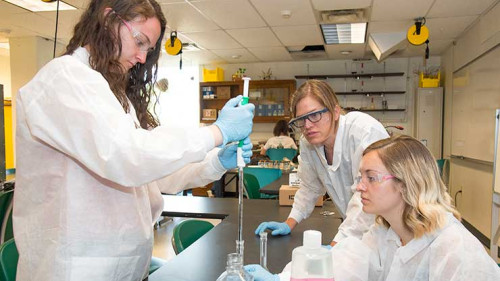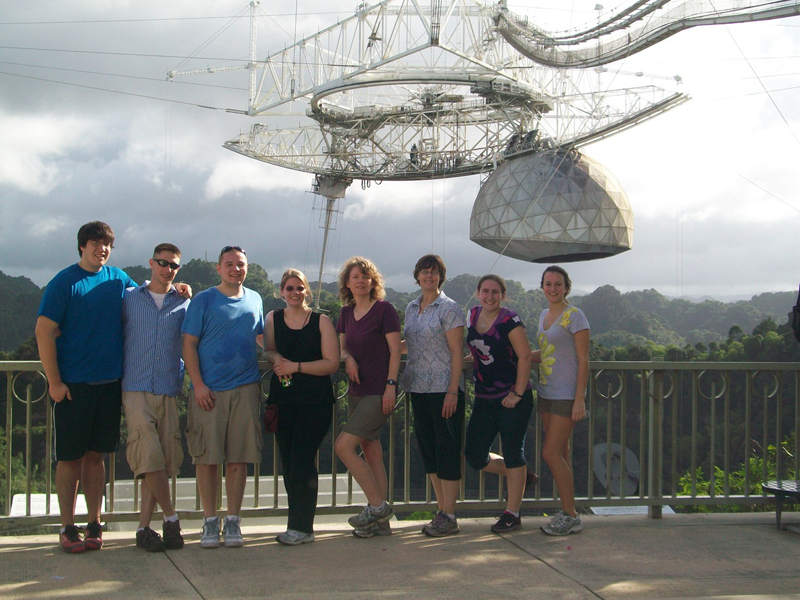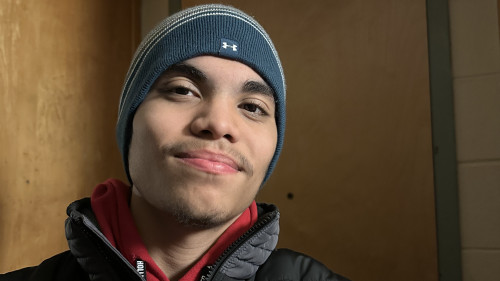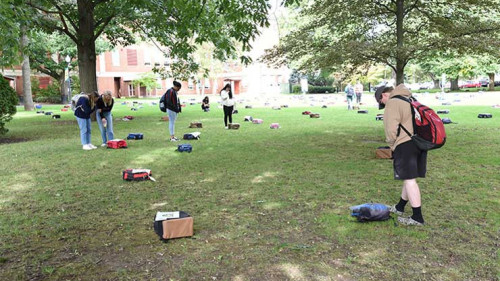

By Eric Guzman '12
Through the generous support from the National Science Foundation and the Siena College School of Science, several Siena physics majors were given the opportunity to travel outside of the classroom and expand their understanding of astronomy.
Assistant Professor of Physics Rose Finn, Ph.D.'s Observational Astronomy class gives students hands-on experience with telescopes and the equipment astronomers use to analyze light. After weeks of instruction at Siena, the class traveled to the Arecibo Observatory in Puerto Rico and spent three nights gathering data as part of an on-going survey of our nearby universe.
For the entirety of their stay, the students were in full control of the observatory’s single-dish radio telescope, which is the largest in the world.
“The size of the radio telescope was something that surprised me,” said Laura Apicello ’13. “It wasn’t until I was in close contact with the telescope that I was able to put (it) into scale.”
Siena has been a member of the ALFALFA (Arecibo Legacy Fast ALFA survey) Undergraduate team for six years. It is led by Cornell astronomers who rely on astronomers and students from liberal arts colleges to help obtain and analyze the data.
Finn, who is a member of the team completing the on-going radio survey using the Arecibo Telescope, had her students assist with part of a laboratory exercise. Their role included scanning the skies to detect hydrogen gas emissions from galaxies closer than 700 million light-years to Earth. This allowed the students to collect photons that have been traveling through space for 700 million years. The trip gave the students the opportunity to work in a world-class facility and be a part of large research collaboration.
Once back on campus, the students learned to reduce the data they took and carefully analyzed the photons to teach us more about our universe.
“All of us had a real purpose on the trip,” said Steven Atkinson ’12. “It was a really good experience to have such hands-on control over the telescope. It opened up our minds to how the astronomy community works and we got more out of the trip than we would have ever thought.”

